Indigenous Governance Database
Salt River Pima-Maricopa Indian Community
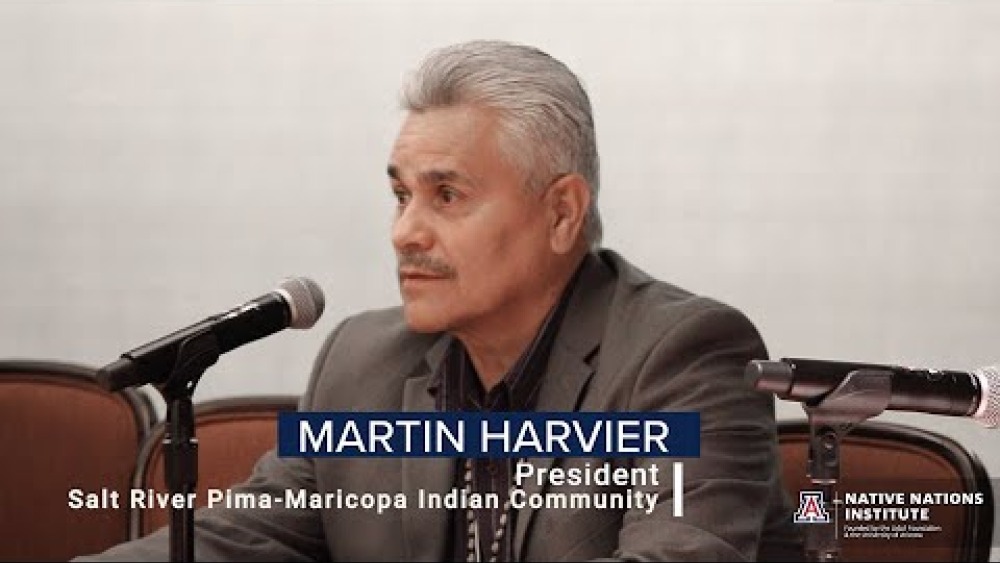
Perspectives From Tribal Leaders: Salt River Pima-Maricopa Indian Community President Martin Harvier
There is no playbook for elected leaders of Native nations, but you can learn a lot from those that have been there before.In this 2023 Native Nations Institute (NNI) Emerging Leaders Seminar held at Talking Stick Resort and Casino on the lands of the Salt River Pima-Maricopa Indian Community,…
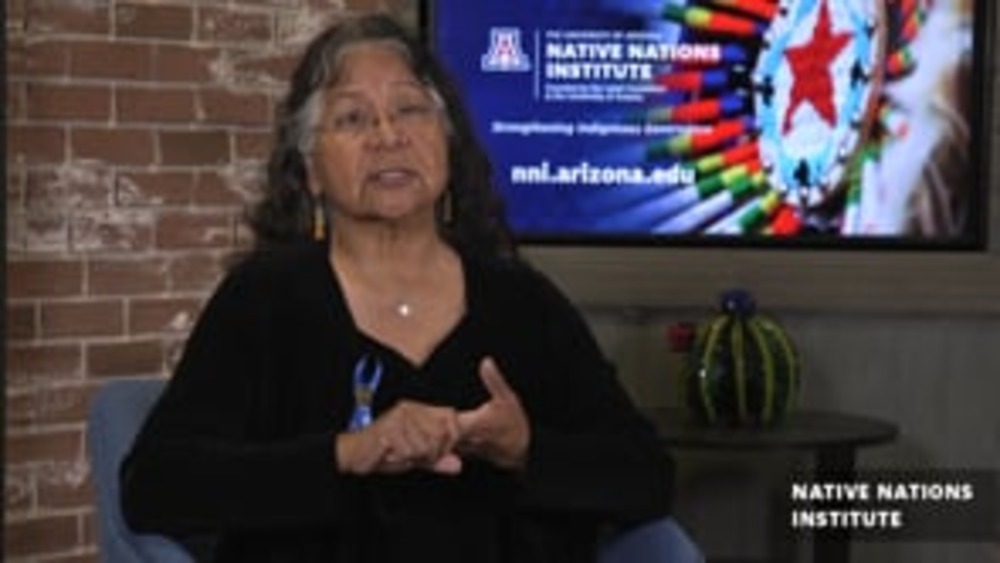
Diane Enos: Endurance through Native Leadership
Diane Enos is an Attorney, Councilwoman & Former President of Salt River Pima-Maricopa Indian Community. She has also served as Vice President of the Inter-Tribal Council of Arizona, Chairwoman of the Arizona Indian Gaming Association, and as a Western Area Delegate to the Tribal Justice…
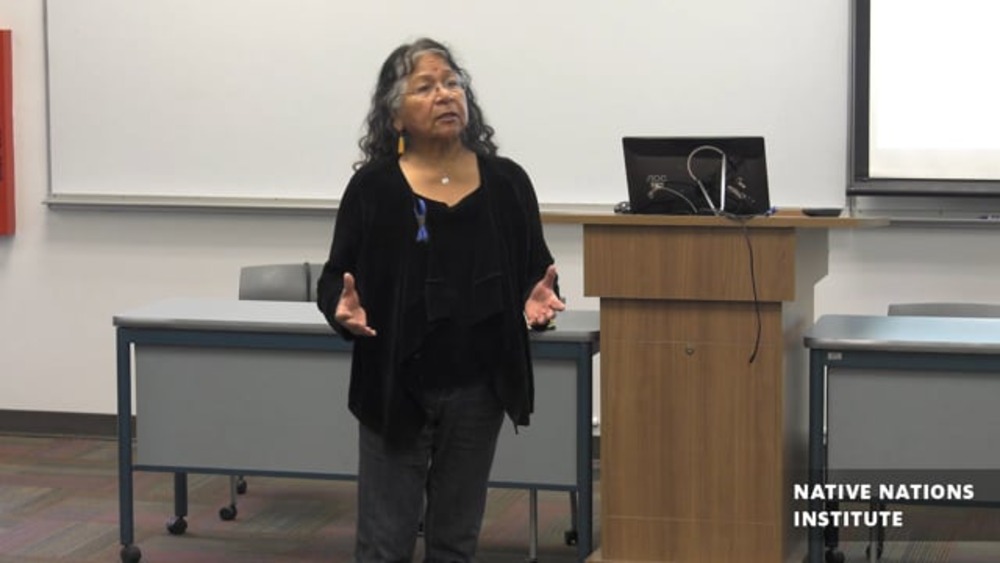
Diane Enos: Native Women in Governance
Diane Enos, Attorney, Councilwoman & Former President of Salt River Pima-Maricopa Indian Community. In addition to her tenure with the Salt River Pima – Maricopa Indian Community, Diane has served as Vice President of the Inter-Tribal Council of Arizona, as Chairwoman of the Arizona Indian…
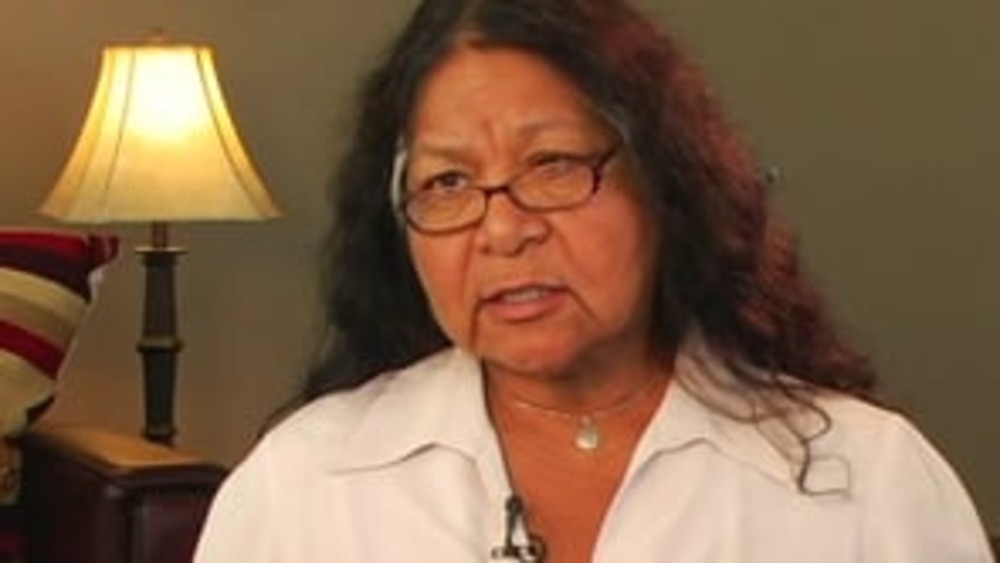
Diane Enos: Building a Sustainable Economy at Salt River
In this informative interview with NNI's Ian Record, Diane Enos, President of the Salt River Pima-Maricopa Indian Community, discusses some of the many significant steps that Salt River has taken over the past few decades to systematically build a self-sufficient, sustainable economy.
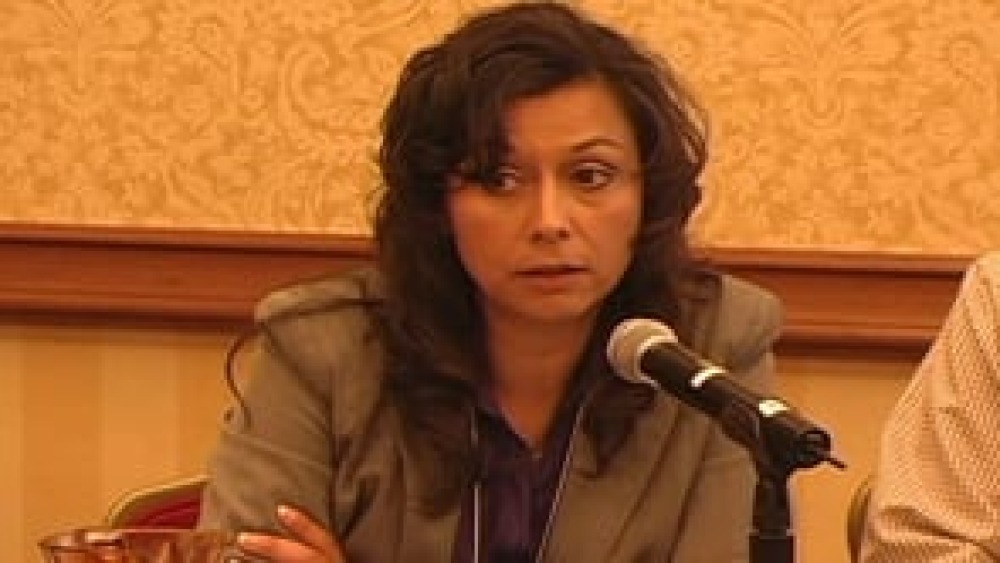
Martin Harvier and Monica Simeon: Building Sustainable Economies: Approaches and Perspectives (Q&A)
Martin Harvier, Vice President of the Salt River Pima-Maricopa Indian Communty, and Monica Simeon, CEO and Principal Partner of Sister Sky, field questions from the audience about their roles in building sustainable economies for their respective nations.
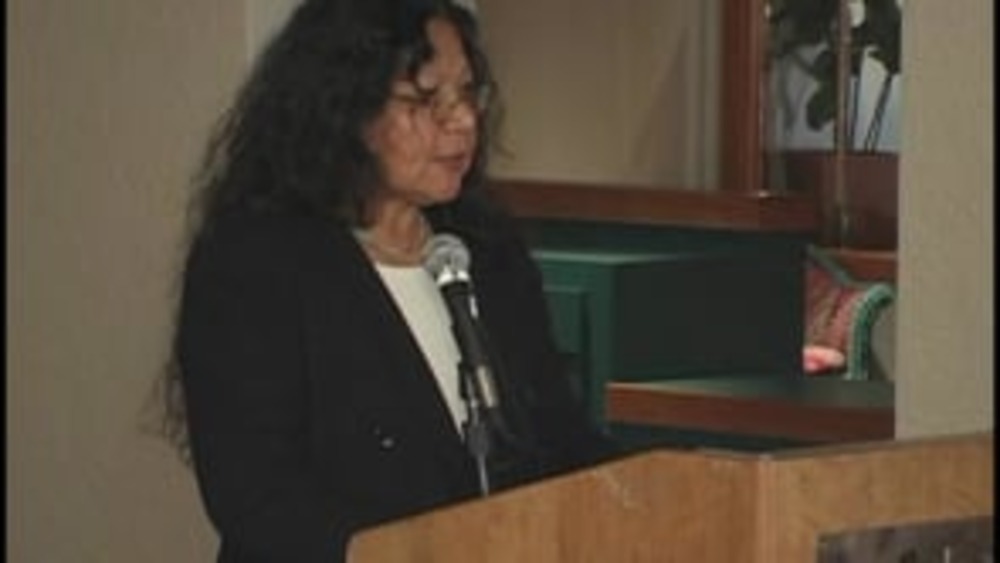
Diane Enos: Salt River Pima-Maricopa Indian Community Economic Development
Salt River Pima-Maricopa Indian Community (SRPMIC) President Diane Enos provides an overview of SRPMIC's effortto build a diversified economy, the institutional keys to make that effort a success, and the cultural principles SRPMIC abides by as it engages in economic development.
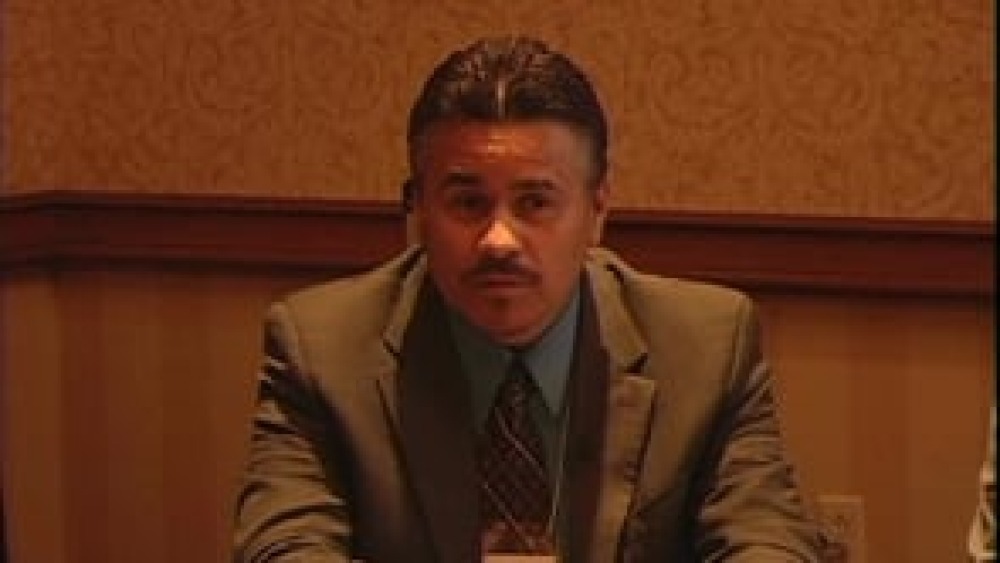
Martin Harvier: Building Sustainable Economies: The Salt River Pima-Maricopa Indian Community Story
Salt River Pima-Maricopa Indian Community Vice President Martin Harvier offers a brief history of the Salt River Pima-Maricopa's efforts to cultivate citizen-owned businesses and then do business with those companies.
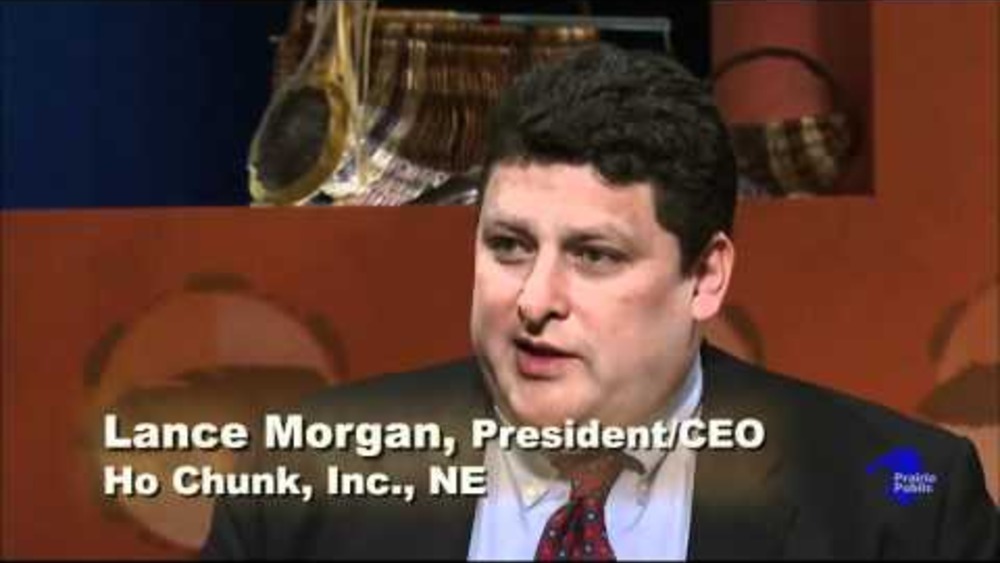
Indian Pride: Episode 108: Economic Development
This episode of the "Indian Pride" television series, aired in 2007, explores the economic development efforts of selected Native nations cross Indian Country. It also features an interview with Lance Morgan, CEO of the Winnebago Trib'es Ho-Chunk, Inc., who provides an overview of the evolution of…
